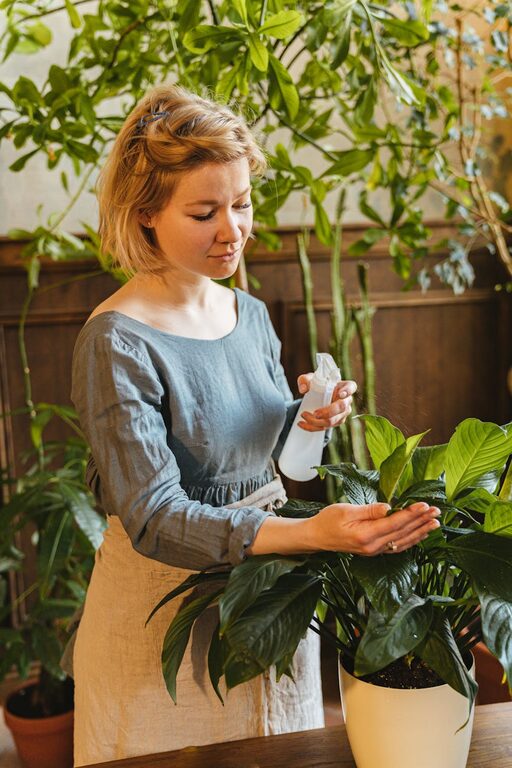
Bringing houseplants into your home can add beauty, improve air quality, and create a calming atmosphere. However, many plant lovers face challenges in keeping their indoor greenery healthy and thriving. With the right care and attention, your houseplants can flourish for years to come. This guide provides straightforward tips to help you maintain vibrant, healthy plants indoors.
Understanding Your Houseplant's Needs
Every plant species has unique requirements, but understanding some general care principles applies to most houseplants.
Light Requirements
Light is one of the most critical factors for plant health. Plants rely on light for photosynthesis, which fuels their growth.
– Assess natural light: Observe where natural light enters your home. South-facing windows typically provide the most light, while north-facing windows offer less.
– Match plants to light: Some plants, like succulents and cacti, prefer bright direct light. Others, such as ferns or snake plants, tolerate lower light conditions.
– Supplement with artificial light: If your space lacks sufficient natural light, consider using grow lights designed for indoor plants.
Watering Basics
Overwatering is a common cause of houseplant problems, but underwatering can also harm your plants.
– Check soil moisture: Before watering, check the top inch of soil. If it feels dry, it’s usually time to water.
– Use the right container: Ensure your pot has drainage holes to prevent waterlogging.
– Watering frequency: Adjust frequency based on the plant type, size, and environment. During winter, many plants need less water.
Soil and Fertilization
Healthy soil supports strong roots and plants.
– Choose suitable soil: Use potting mixes appropriate for your plant. For example, cacti and succulents need well-draining soil, while tropical plants prefer moisture-retentive mixes.
– Fertilize wisely: Most houseplants benefit from monthly feeding during the growing season (spring and summer) with a balanced, diluted fertilizer.
Practical Care Tips to Boost Your Plant’s Health
Regular Cleaning
Dust can block sunlight and reduce a plant’s ability to photosynthesize.
– Gently wipe leaves with a damp cloth once every week or two.
– For plants with many small leaves, a soft brush or a gentle shower can help.
Pruning and Grooming
Removing dead or yellowing leaves keeps plants looking tidy and healthy.
– Use clean, sharp scissors or pruning shears.
– Pinch leggy stems to encourage bushier growth.
Repotting When Needed
Plants can outgrow their pots, leading to stressed roots.
– Signs to repot include roots growing out of drainage holes or soil drying out very quickly.
– Repot during spring using fresh soil and slightly larger pots.
Preventing and Managing Common Issues
Pest Control
Indoor plants can attract pests like spider mites, aphids, or scale.
– Inspect plants regularly for signs of infestation.
– Wash affected leaves with mild soapy water.
– Use natural pest repellents like neem oil when necessary.
Avoiding Overwatering and Root Rot
Waterlogged soil invites root rot, a major cause of plant decline.
– Always ensure your pots have proper drainage.
– Allow soil to dry out between waterings.
– If root rot is detected (soft, brown roots), trim affected areas and repot.
Monitoring Humidity and Temperature
Many houseplants are tropical and appreciate higher humidity.
– Increase humidity by misting plants, grouping them, or using a humidifier.
– Avoid placing plants near drafts, heaters, or air conditioners.
Creating a Routine for Ongoing Success
Consistency is key in plant care.
– Designate a weekly time to check your plants’ soil, prune, and clean leaves.
– Keep a journal or use a plant care app to track watering and feeding schedules.
– Rotate plants occasionally to ensure even growth and light exposure.
Conclusion
With patience, observation, and simple routine care, keeping your houseplants healthy and vibrant can be a rewarding experience. By learning your plant’s specific needs, avoiding common mistakes, and maintaining consistent care, you’ll enjoy the beauty and benefits of thriving indoor greenery year-round. Happy gardening!
